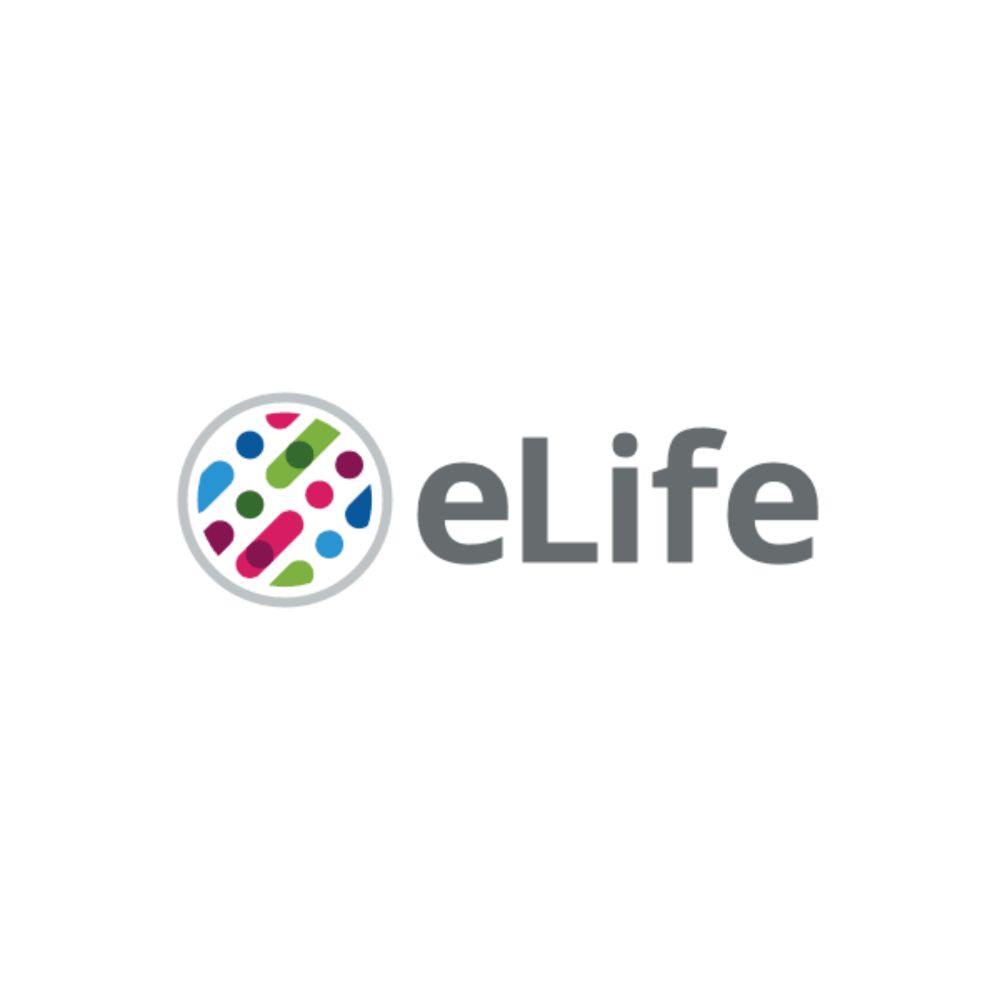
🚨 On the postdoc job market 🚨
PhD candidate at ViCCo group & Max Planck School of Cognition. Working on brain representation of the visual world 🌏→🧠❔
www.olivercontier.com
(6/6)
(6/6)
elifesciences.org/articles/82580
(5/6)

elifesciences.org/articles/82580
(5/6)
things-initiative.org
(4/6)

things-initiative.org
(4/6)
(3/6)

(3/6)
(2/6)
(2/6)
www.nature.com/articles/s41...

www.nature.com/articles/s41...

